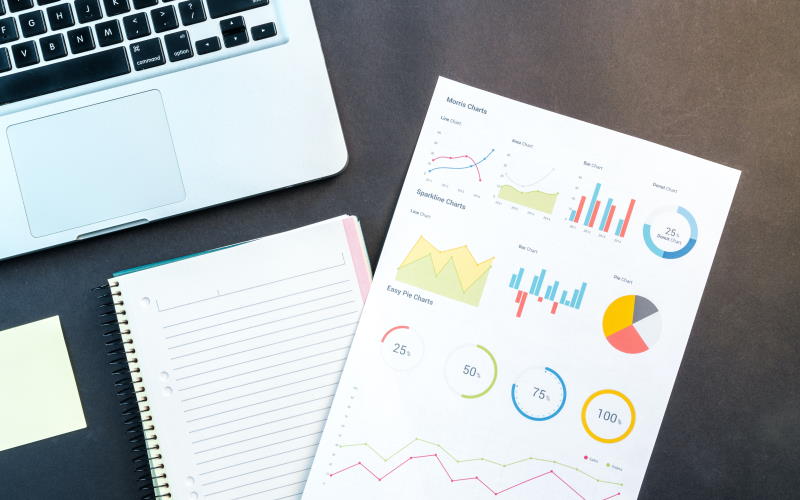
Two decades ago, businesses were looking for ways to collect more data. Today, any business – whether a small mom and pop shop or a massive corporation – has access to more data than they could dream of. The challenge is figuring out how to put it to good use. What follows are a few suggestions for finally doing just that.
1. Know What You Want
You’ll never succeed with organizing, interpreting, or applying insights gleaned from data if you don’t first know what you want.
Is the goal to understand your audience more? Are you trying to refine a specific process and achieve the lowest possible customer acquisition cost? Are you interested in studying a customer’s journey from awareness to purchase?
Without specific goals, everything else will tank. Get clear on this aspect before going any further.
2. Focus on the Right Data Sources
The next step is to gather your data from the right sources. With almost every platform and application offering some form of analytics, it’s easy to become swayed by the idea that more is better. But in reality, quality and focus are more important than quantity and reach.
It’s more than okay to ignore certain data sources if it allows you to focus more on the ones that matter to your business and goals. This tip goes hand in hand with the idea of knowing what you want. When you’re clear on objectives, choosing the appropriate data sources becomes easier.
3. Identify KPIs
The best way to gather insights around your specific goals is to use appropriate key performance indicators (KPIs) to pull out the right data and make sense of the information contained within.
As HubSpot explains, “KPIs are quantifiable measurements or data points used to gauge your company’s performance relative to some goal. For instance, a KPI could be related to your goal of increasing sales, improving the return on investment of your marketing efforts, or improving customer service.”
Again, this is an area where quality may be more significant than quantity. It’s better to be focused on a few important measurements than to become distracted by dozens of smaller ones that are interesting but don’t matter much in the grand scheme of things.
4. Begin With Clean Data
Don’t automatically assume that your data is accurate or collected within the perfect context. It’s important that you begin with clean and thorough data that provides an accurate snapshot of what’s happening. Otherwise, you’ll base important decisions on insights that don’t matter much.
“Data analysis is built on the fundamental assumption that the data you’re analyzing is trustworthy,” analytics expert Elise Dopson writes. “If you’re looking at unreliable data, or insignificant (ie too small) data, or even just inconsistent data (ie a metric that’s usually measured daily, but with several week-long gaps at random intervals), your results won’t be reliable.”
Cleaning up data means carefully organizing your data collection efforts to segment the information you need and de-duplicate any data in the dataset. This cleansing process can take time and may require the assistance of a professional.
5. Streamline Your Tools
Having the right data tool stack is a must. In addition to having platforms that collect data, such as Google Analytics or Facebook, you can supplement with integrated solutions. If, for example, you’re looking for a one-stop spot for tagging and integrating important data tools inside of platforms like Google Analytics, Google Tag Manager is an option.
6. Use Visualizations
Most people are visual learners. So instead of communicating your data to employees, superiors, stakeholders, or customers with cold spreadsheets and raw tables, try using data visualizations. Graphs, charts, and other illustrations will work wonders for your ability to understand and communicate value!
Use Your Data for Good
Data, on its own, is quite useless. You can think of it like salt. If you have a salt shaker but no salt, there’s not much you can do. On its own, it’s actually rather worthless. But as soon as you have a fresh piece of meat or a steaming hot dinner on the counter, salt becomes a powerful way of bringing out flavor and helping you maximize taste.
It’s time to stop wasting data and finally put it to good use. Hopefully this article gives you some ideas!
